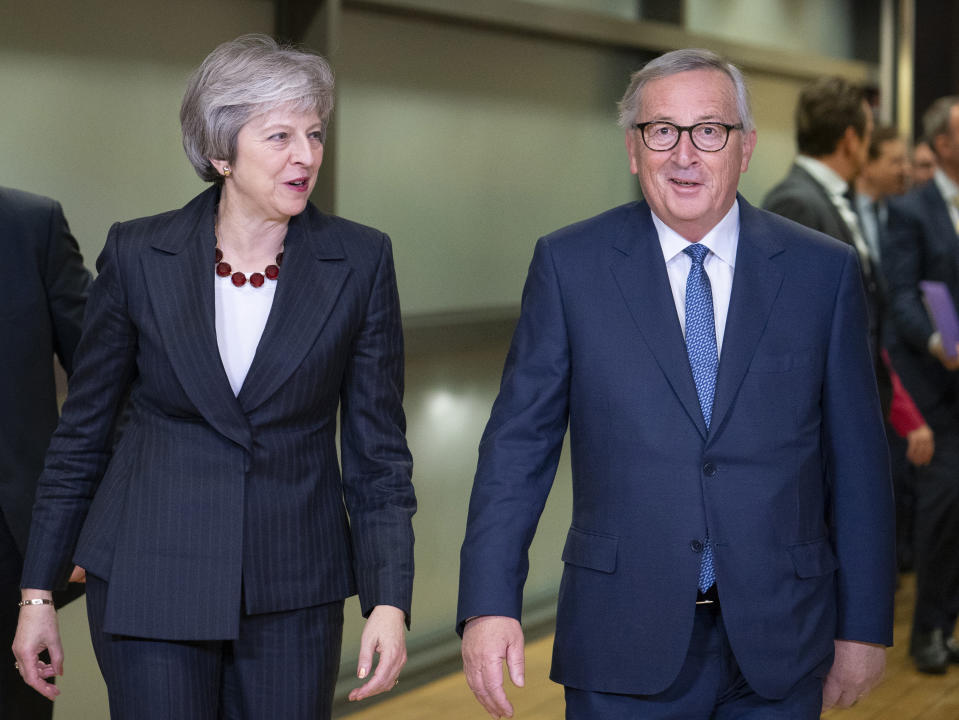Post-Brexit trade plans: May's 'wish list' still falls short
The newly expanded document outlining plans for the post-Brexit relationship between the UK and European Union may sound rosy to the average reader, with both sides calling for “an ambitious, broad, deep and flexible partnership.”
But experts warn this “wish list” still puts the UK in a sub-optimal trading position and requires compromises that may be unpalatable for many.
“This is a wish list for a deep economic partnership between the EU and UK, however, this would still mean barriers compared to the current situation in both goods and services trade,” warned David Henig, a former UK trade negotiator and director of the European Centre for International Political Economy.
The text does not guarantee “frictionless trade” in goods, which threatens to slow down trade between the two sides and damage business confidence.
The 26-page document also has further details about plans for trade in services, a crucial area since services make up about 80% of the UK economy. But experts agree it doesn’t go far enough, putting service providers such as banks and telecommunications companies at a disadvantage.

Holger Hestermeyer, a lawyer and academic specialising in world trade at King’s College London, notes that the document outlines a whole range of ideas that the two sides are willing to consider to forge a strong, coordinated relationship. But there are few concrete commitments.
“A deeper relationship…means more commitments,” he said.
UK prime minister Theresa May has said she’s unwilling to commit to things like the free movement of people, a key issue that compelled many people to vote in favour of Brexit during the 2016 referendum. The document outlines further details about how free movement between the two sides will stop, but they “aim to provide…for visa-free travel for short-term visits”.
The UK also agreed to align itself with a range of EU rules and regulations to ensure the sides remain close. This is bound to disappoint UK citizens who were expecting a clean break from the EU.
“The UK is making a lot of commitments to uphold current EU rules and approaches, which are basically concessions, and it is getting few firm commitments in return,” said Alex Stojanovic, a researcher and Brexit expert at the UK think tank, Institute for Government.
Brexit is set to occur in late March 2019 but a planned transition period is expected to kick in that will extend until at least the end of 2020. During this period, the UK and EU are set to flesh out their plans and ratify them.
“Negotiations on the future will be much more complex than we’ve seen so far,” warned Georgina Wright, a research associate and Brexit expert at Chatham House. “The devil will be in the detail.”
May must now focus on convincing parliament to approve the Brexit divorce deal, which promises to be the toughest hurdle yet. She presented her plan in the House of Commons on Thursday but was met with harsh resistance.
“This is the blindfold Brexit we all feared,” said the leader of the opposition Labour party, Jeremy Corbyn, who called the document “26 pages of waffle.”
RELATED: More details from the Brexit document on immigration and the Irish border

 Yahoo Finance
Yahoo Finance 